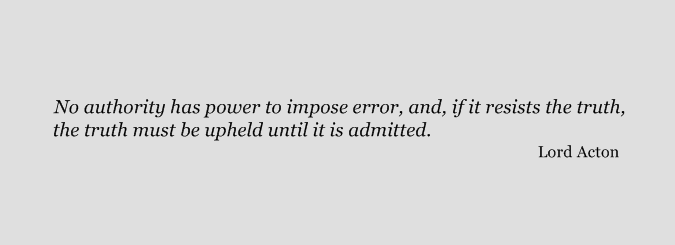“No authority has power to impose error, and, if it resists the truth, the truth must be upheld until it is admitted.” Lord Acton.
Welcome to the SSITA website.
What is SSITA?
SSITA is an Alliance of Partner organisations, parents, teachers, scientists, lawyers and other experts who work together to identify the issues and concerns regarding Wi-Fi and other wireless technologies in schools, nurseries, day care environments and colleges. These are places where children and young people spend a great deal of their time and where they deserve a safe environment.
The mission of SSITA is to uphold the reverence for childhood and to seek at all times to protect children from a real, unseen and often unrecognised threat to their healthy development and well-being from the electromagnetic radiation emitted by Wi-Fi transmitters and mobile phones in the school environment. SSITA fully recognises that it is the proper function of education to prepare children for the world that they will enter upon leaving school and to that end we support the safe development of ICT technology in schools.
We shall seek to enable all children to continue throughout life to use technology by ensuring that they do not become electro-sensitive to wireless technology to such an extent that they become unable to use even fully-wired computers. It is not an appropriate function of national education to embark upon any method of teaching involving the use of a technology which may result in future discrimination of pupils or teachers, loss of human rights, or biological impairment or damage. More information.
Many scientists throughout the world report concern about impairment of children’s cognitive function, as well as memory loss. Impairment of these faculties is contrary to the aims of education.
To illustrate our point, two studies below from our sister organisation, Wi-fi in Schools:
Study 1. Wi-Fi alters brain activity in young adults.
The attractiveness of Wi-Fi as a learning tool in schools is significantly decreased if it could be damaging the cognitive abilities and brain development of pupils. The studies used a Wi-Fi access point (1.5m away), giving a field strength of 0.49V/m. This is well within the exposures experienced by someone using a Wi-Fi enabled laptop. More information
Study 2. Professor Yuri Grigoriev on Wi-Fi and health.
This is what two Russian professors have to say about the evidence for concern that we have mentioned above regarding the impairment of cognitive function.
Professor Oleg Grigoriev, Director of the Russian Centre for Electromagnetic Safety, Head of the Laboratory “Radiobiology and Hygiene for Non-Ionizing Radiation” of the Federal Medical-Biological Agency of Russia and Vice Chairman of the Russian National Committee on Non-Ionizing Radiation Protection (RCNIRP) has kindly offered Wi-Fi in Schools his view on the use of wireless technologies in schools:
“Our committee and I are personally against the use of Wi-Fi systems in schools. Professor Yury Grigoriev (Chairman of the RCNIRP) has the same opinion. The reason that it forms a very complex form of electromagnetic field, but in this case the probability of biological effect is higher than when the same total dose is created by one source of unmodulated electromagnetic field. This pattern is for non-thermal electromagnetic fields. There are very good studies that have shown that prolonged exposure to low-intensity radio waves in children disturbed cognitive function, and we trust this research”. Read more
Many studies have now been published over recent years. Here below is a very recent one published in April 2025:
https://preview.mailerlite.com/o3p9u8f5g3/2822277410383205830/l8y9/





